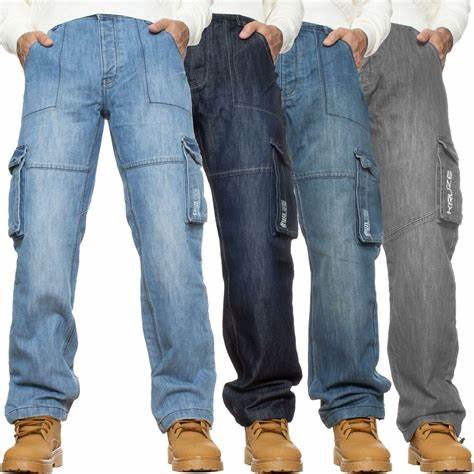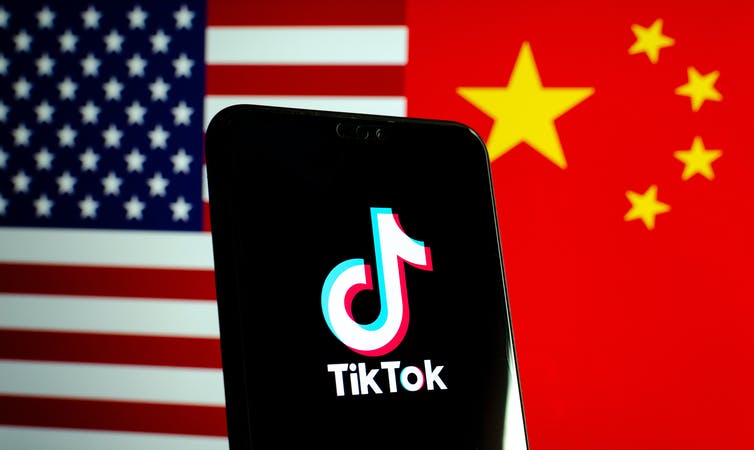
A chilling wave of pessimism has swept across the US, with consumer sentiment falling to levels unseen since the depths of the Great Recession, according to the University of Michigan's latest survey. The preliminary reading of 50.8, the second-lowest since 1952, paints a stark picture of American anxieties due to volatile trade policies and escalating inflation concerns. This sharp decline, as reported earlier this month, raises serious questions about the future of consumer spending, a cornerstone of the US economy, and its ripple effects on sectors like fashion and apparel.
The sentiment-spending disconnect
While "hard data" like employment figures remain relatively robust, the "soft data," reflecting consumer confidence, is flashing red. The Michigan survey reveals a significant increase in the proportion of Americans expecting rising unemployment, a clear indicator of growing economic unease. This disconnect between strong employment and sinking confidence creates a precarious situation.
The fashion industry's fragile position
The fashion and apparel industry, heavily reliant on discretionary spending, is particularly vulnerable to shifts in consumer sentiment. While the affluent have historically driven fashion sales, their confidence is now wavering due to recent market turbulence, triggered by trade-related uncertainties.
As per Bill Adams, chief economist at Comerica Bank wealthy consumers' stock market gains kept the economy growing in 2024 despite high prices, but the wealthy won't feel confident enough to keep spending if this keeps up.
Inflation fears and spending habits
The Federal Reserve's growing concern over rising inflation expectations further complicates the outlook. The survey indicates a significant jump in anticipated inflation rates, which could lead consumers to alter their spending habits. If Americans lose faith in the Fed's ability to control inflation, they may prioritize essential purchases over discretionary items like clothing and accessories.
Data snapshots
· Consumer sentiment (University of Michigan): Preliminary reading of 50.8 in April, the second-lowest since 1952.
· Inflation expectations (1-Year): Rose to 6.7 per cent in April, the highest since 1981.
· Inflation expectations (5-10 Years): Climbed to 4.4 per cent.
Impact on fashion spending
A decline in consumer confidence directly impacts discretionary spending, including fashion and apparel. Rising inflation expectations may lead to reduced spending on non-essential items. Market volatility, driven by trade uncertainties, threatens the spending power of affluent consumers, a key demographic for luxury fashion. In fact, reports indicate a potential slowdown in luxury spending as affluent consumers react to market volatility and economic uncertainty. High-end fashion brands, which have enjoyed strong growth, may face challenges in maintaining sales momentum.
Amidst economic uncertainty, consumers may prioritize value and durability over trendy, fast-fashion items. This could lead to an increase in demand for classic, timeless pieces and sustainable fashion. Moreover, online retailers and discount stores may see increased traffic as consumers seek deals and affordable options.
While the 90-day tariff pause offers a glimmer of hope, the underlying economic anxieties remain. The fashion industry must adapt to this evolving landscape by focusing on value, durability, and sustainable practices. Brands that can resonate with consumers' changing priorities and offer affordable options will be better positioned to weather the storm.
"The economy is facing considerable turbulence," noted JPMorgan Chase CEO Jamie Dimon, highlighting the precarious situation.
The coming months will be crucial in determining whether the current sentiment translates into a significant slowdown in consumer spending and how the fashion industry navigates this challenging environment. The industry must remain vigilant, adapting to the changing consumer landscape and bracing for potential headwinds.








